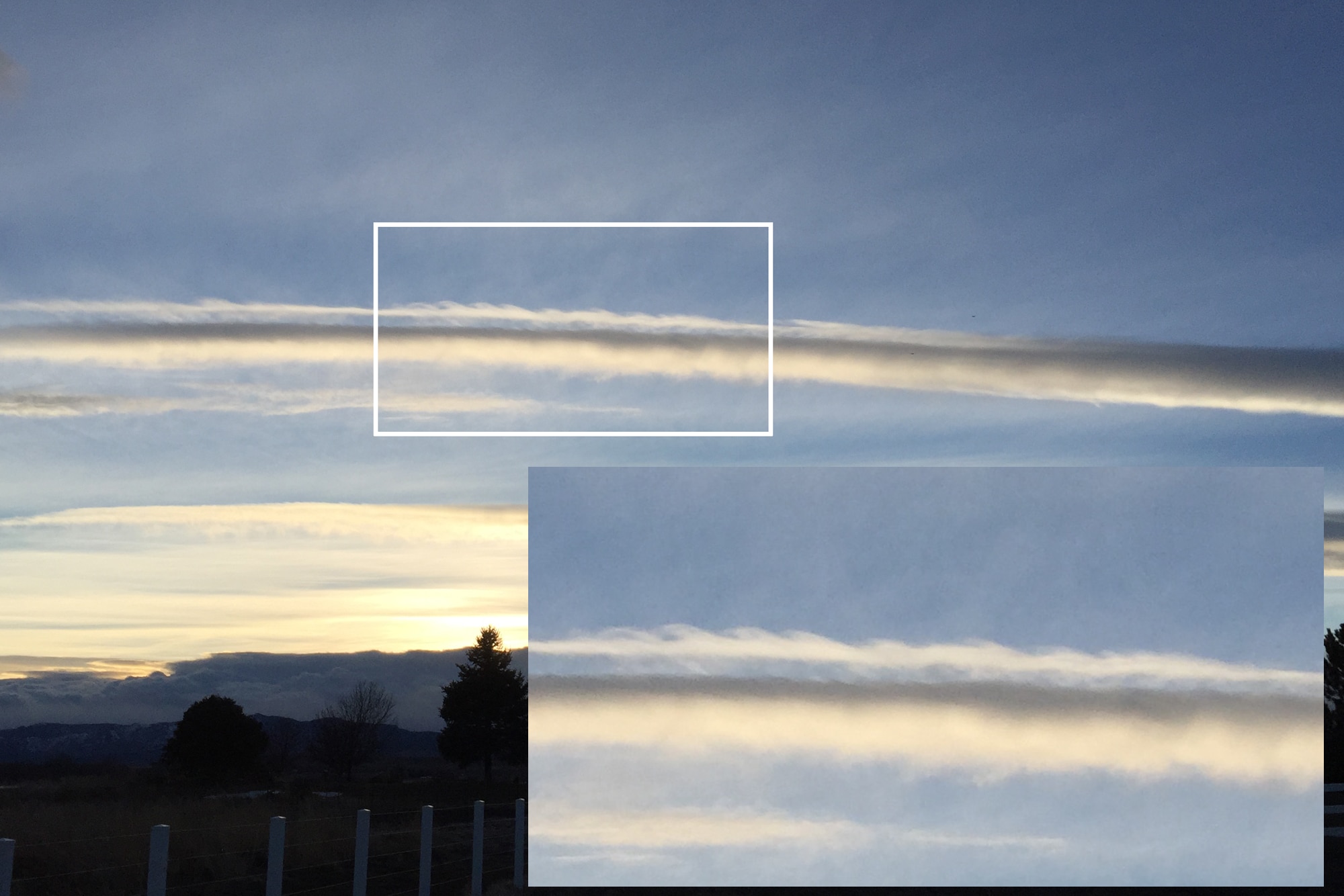Create a free profile to get unlimited access to exclusive videos, sweepstakes, and more!
Sixty Symbols: How do clouds make waves?

I love clouds! Perhaps you've noticed. Besides their natural beauty, I'm also fascinated by the physics behind them. It can be treacherously difficult and complicated; the math of fluid flow is fierce.
But the patterns such flows can create in air can be astonishingly regular and beautiful. One of my absolute favorites is what's called a Kelvin-Helmholtz cloud (the technical name for these — seriously — is "fluctus clouds"). These look like a series of breaking waves in a cloud layer … which honestly is what they are. They form when a layer of air is moving relative to one below it. At the boundary between the two layers you can get a teeny tiny bit of turbulence, and that can quickly grow to become a big vertical wave in the flow. The top gets pushed to one side by the air flow, and voilá! Kelvin-Helmholtz waves.
I know, that sounds a little bit complicated, and I glossed over a lot of fun details. The good news is the fine folks at Sixty Symbols have created a wonderful video explaining what happens to create these waves:
[NOTE FOR AFTER YOU WATCH THE VIDEO: In the video Dr. Merrifield says that the difference in flow is also used by airplanes to generate lift. However, he actually makes an error there, saying that air flowing over an airfoil has to cover more distance in the same time as flowing underneath, and that's why you get lift. That’s an extremely common misconception (sometimes called the "equal transit time fallacy"), but the truth is more subtle than that. I contacted him about this, and he told me they were making a follow-up video to correct what he said and to talk more about how lift works. Hooray! I'll tackle that tomorrow in a follow-up post myself because the issue is interesting and has fun implications. Stay tuned.]
The key here is pressure and flow velocity. As Dr. Merrifield points out in the video, once you get a small instability or a small bump (what physicists like to call a perturbation), it tends to grow due to the forces around it; pressure is just a force applied over an area, and that's what causes the initial shaping of the waves. Then the difference in velocity shears the top of it, causing the breaking wave feature. That's essentially why waves break as they come ashore; friction with the floor slows water down, while the water at the ocean surface still moves at its initial speed. It then flows over the slower moving water, breaking.
The repeating pattern is also what you expect when you get a small perturbation; (oversimplifying a bit) the upper layer flows over it, then falls back down due to gravity, rebounds, and moves back up again. This is similar to what happens to create magnificent fields of rippling clouds, too.
Sixty Symbols also put out a second video highlighting the lovely Kelvin-Helmholtz wave tank experiment, showing in detail how the two fluids flow, and the development of the waves:
It's interesting to see the structures form, gain coherence, then suddenly fall apart due to turbulence. They can only grow so big before small perturbations in them break apart the nice, regular flow, and they dissolve into (literally) chaos. It's funny how it looks simple, but the math behind all this is extremely complex.
I've seen lots of clouds like this myself, though only after I moved to Colorado. We commonly get smoothly flowing air ("laminar flow") with a layer above it, causing those beautiful waves.
There is beauty in physics, and beauty in math, and sometimes — really, pretty much all the time — that translates into beauty around us.















